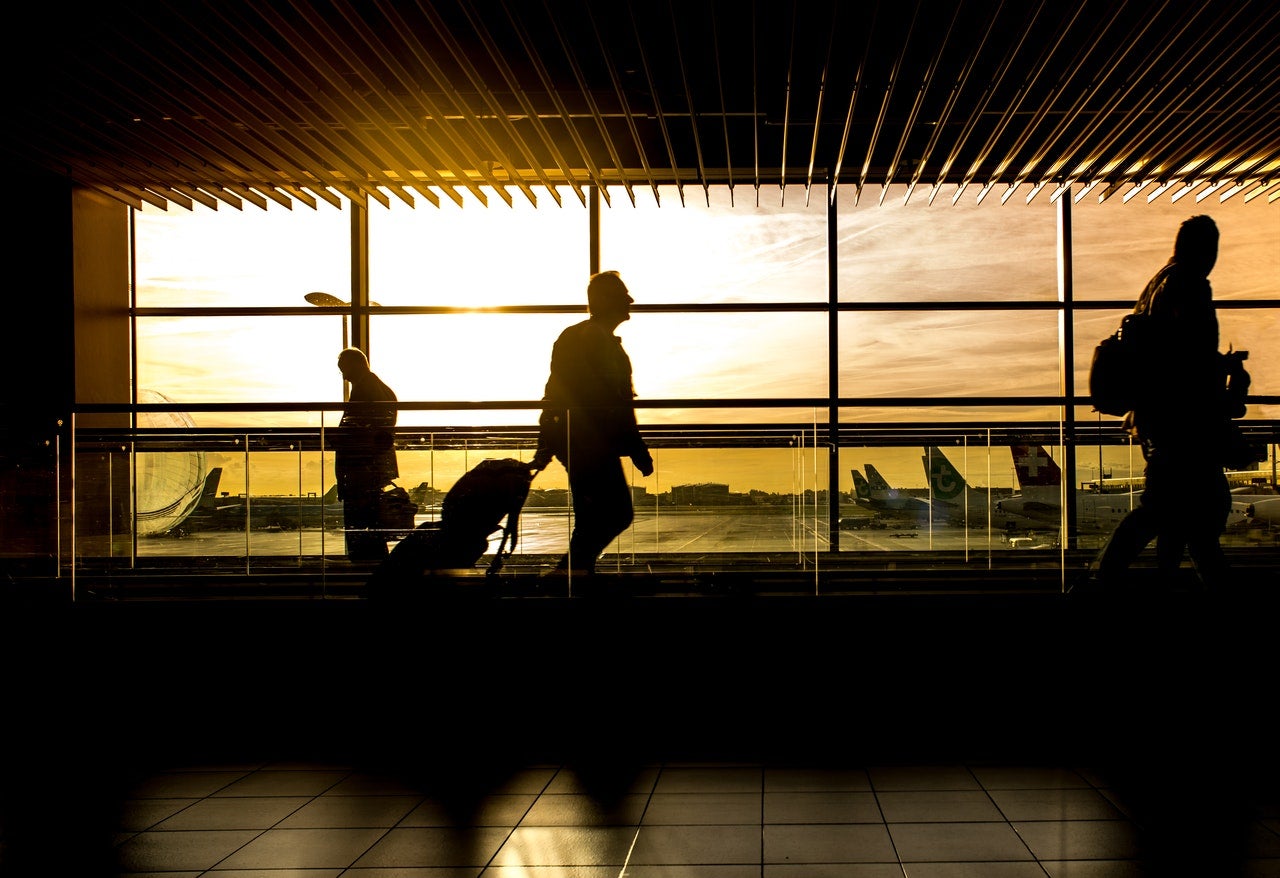
Even though in the last year flying has become more stressful because of the Covid-19 pandemic, for some airport travel was always a taxing experience.
According to Forbes, a survey carried out in 2019 by lounge specialist Priority Pass found that almost half of respondents considered baggage collection the most stressful part of airport travelling, whilst 47% and 35% found security checks and landing most worrying.
“Even though the most far-flung destinations can be reached within a few hours, air travel can still be exceptionally stressful,” says Omio commercial director Julian Persaud. “Anyone who has ever travelled long distance, with long layovers, will know that a passenger-friendly terminal can make all the difference to a travel experience.”
The booking platform has recently released a study ranking main airports across 30 European capitals according to comfort and passenger friendliness.
“By sharing our findings on the most customer-friendly airports in Europe, we aim to help passengers travel comfortably and stress-free,” Persaud added.
The study examined the hubs on 17 factors including connectivity – which was determined by measuring the distance between airport and city centre as well as the number of public transport options available – as well as facilities present.
How well do you really know your competitors?
Access the most comprehensive Company Profiles on the market, powered by GlobalData. Save hours of research. Gain competitive edge.

Thank you!
Your download email will arrive shortly
Not ready to buy yet? Download a free sample
We are confident about the unique quality of our Company Profiles. However, we want you to make the most beneficial decision for your business, so we offer a free sample that you can download by submitting the below form
By GlobalDataCriteria also included the number of entertainment options available and the presence of stress generating factors, such as flight delays and travel congestion.
First place: Madrid-Barajas, Spain
With a score of 100.00 points, Madrid-Barajas Adolfo Suárez Airport has been named by Omio as the most user-friendly airport in Europe.
The platform awarded the honours to the Spanish hub not only because of the great number of facilities present – 133 shops and 54 restaurants – but also because of its above average flight punctuality and below average flight cancellation figures.
Located 12km to the north-east of Madrid, the airport is very well-connected, transporting its 160,000 daily passengers to the city centre in around 40 minutes.
Barajas, like many others in Europe, was hit badly by the Covid-19 pandemic. In the first semester of 2020, Barajas’s managing company Aena registered a loss of almost €171m compared to the same time the previous year, when the airport registered an increase in revenues of €559m.
Second place: Rome Fiumicino, Italy
Fiumicino, Rome’s and Italy’s biggest airport, with a score of 93.40 and, with 140 different shops available, was rewarded with second place because of the high variety of shopping options.
As regards connectivity, the airport – located 33km from Rome’s city centre – can be reached via a 30-minute railway journey or a 55-minute bus ride.
Despite the negative downturn caused by coronavirus, in June 2020 Fiumicino – alongside Rome’s second airport Ciampino – became the world’ first airport to obtain the Biosafety Trust Certification.
Issued by certification body RINA Services, the Biosafety Trust certifies that protocols implemented at airports are at the forefront in the procedures for containing the spread of Covid-19.
“It is a certification that recognises the company’s effort, which, during the crisis, in addition to the protocols required by the [Italian] Government, has adopted further measures to guarantee the utmost breadth and depth of the prevention interventions and to enable the capital’s airports to continue to operate in conditions of utmost safety”, commented Marco Troncone, CEO of Fiumicino and Ciampino’s managing company ADR.
Third place: Amsterdam Schiphol Airport, the Netherlands
With 79% of flights arriving and departing on time, Amsterdam Schiphol Airport comes in third with a score of 90.40.
The award comes at a tough time for the airport, which in November recorded a loss of 61% in the number of flights compared to the previous year. As per the number of passengers in the same period, the hub saw a decline of 83%, from 5.3 million to 900,000.
The first lockdown was useful because it allowed the airport to start piloting taxibot, a new sustainable tow vehicle to keep engines off during taxiing.
Despite the delays caused by travel restrictions, the decrease of planes taking off allowed more space for the test.
“It is quiet on the airside, therefore there is more space for testing and more aircraft are available,” Royal Schiphol Group head of innovation Hassan Charaf told Airport Technology in August.
The runners-up
Copenhagen Airport Kastrup and Moscow’s Sheremetyevo International Airport came into fourth and fifth respectively. Omio recognised the Danish hub as the best in terms of connectivity, with three different public transportation options to connect the 8km between the airport and the city centre.
Sheremetyevo, on the other hand, was considered the best in terms of culinary options, with 79 gastronomic facilities available to travellers.
With a score of 84.00, Helsinki Airport came in sixth, ranking particularly high in the facilities benchmark. During the last few months, the airport maintained excellent standards of cleanliness and its facilities were praised by passengers in the Airports Council International’s Airport Service Quality survey.
Even though it is considered the airport with the best facilities in Europe, London Heathrow was only ranked seventh. The British hub was penalised because of its below average levels of connectivity, with only two public transportation options that link it to London Victoria station, as well as its below average flight punctuality figures.
This is not the first blow received by the airport during such a difficult period. Because of the pandemic, Heathrow recently lost the title of ‘Europe’s busiest airport’ to Paris’s Charles de Gaulle, with 19 million passenger compared to the French hub’s 19.3 million.




